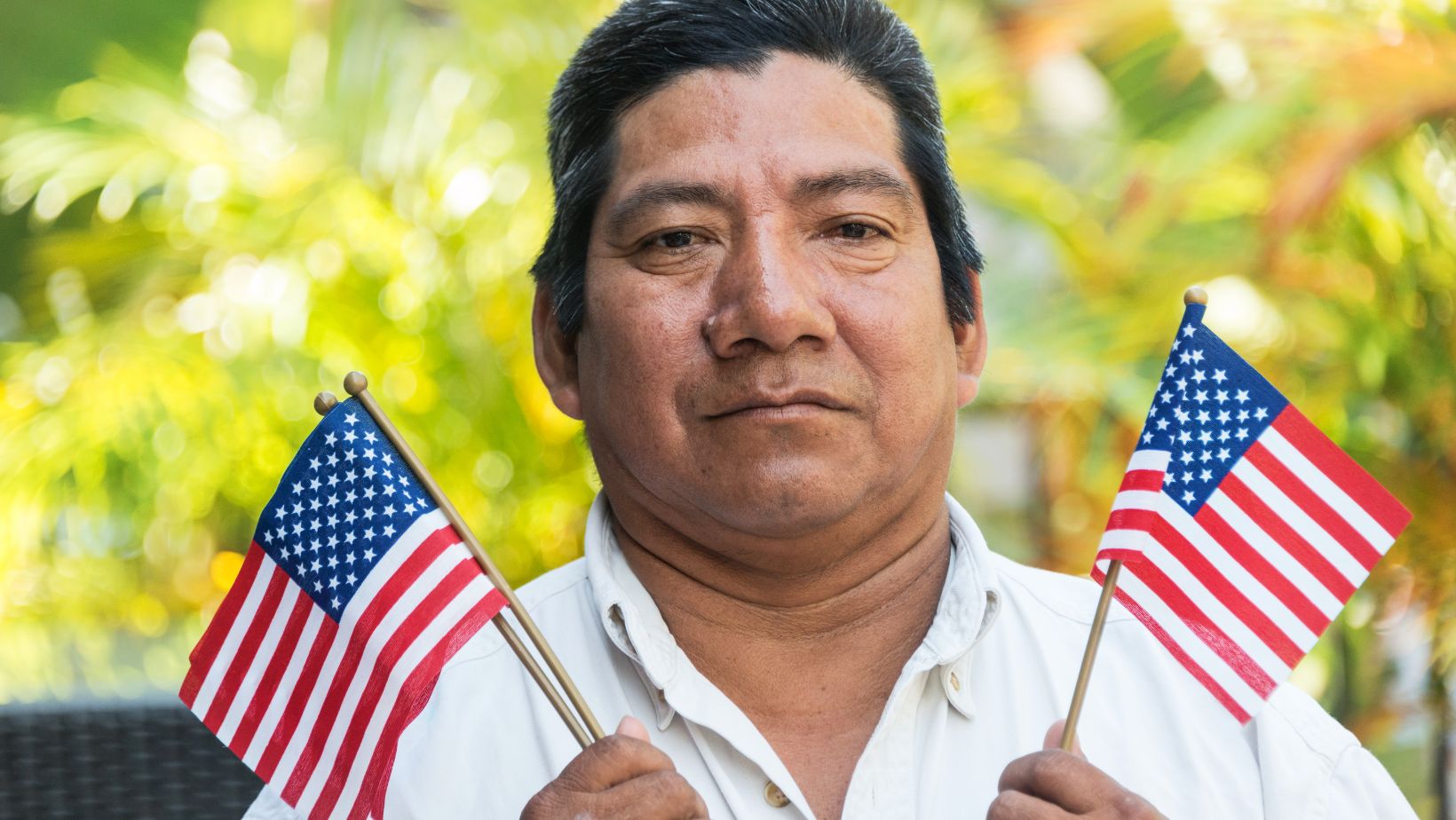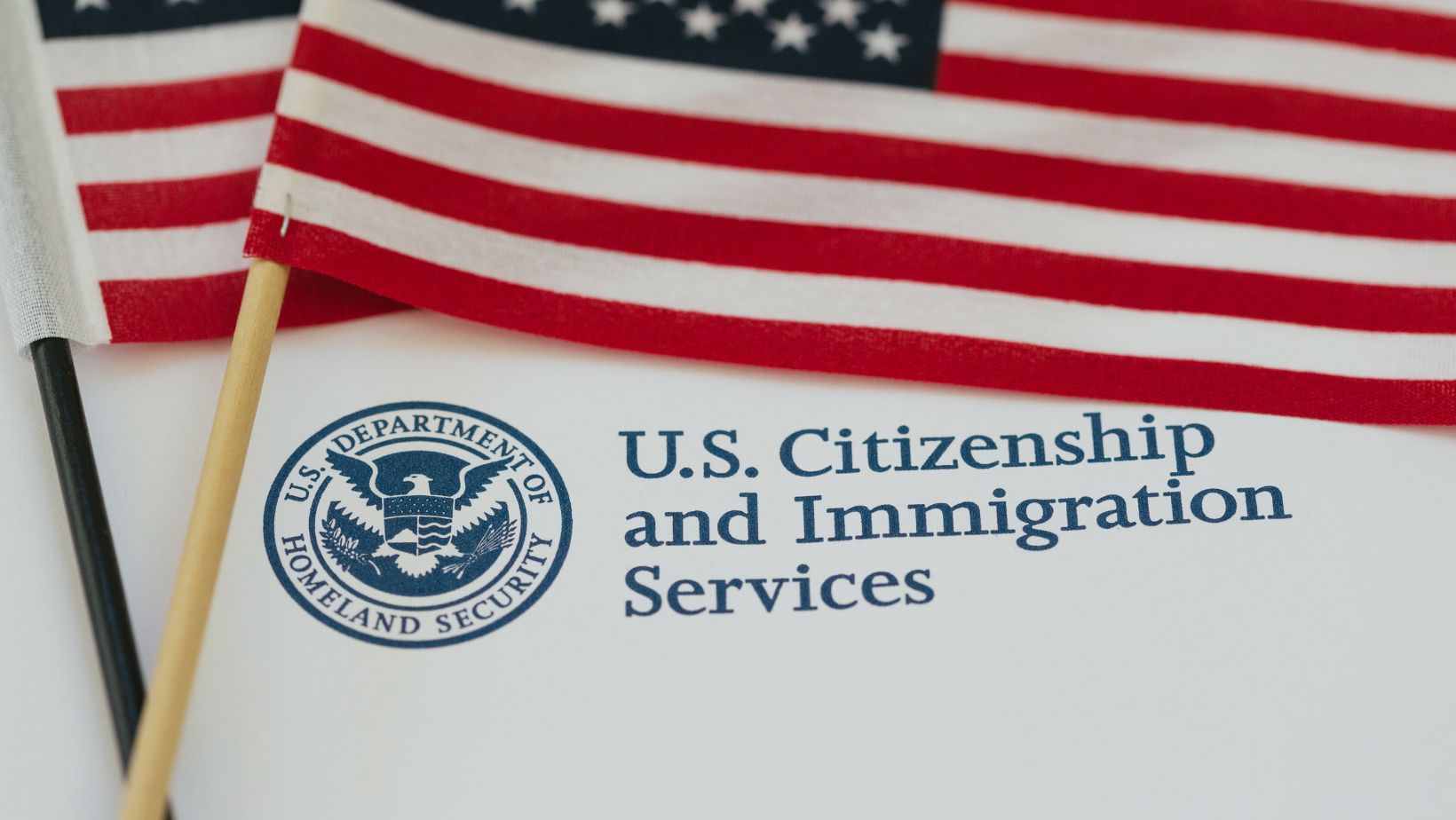Immigration has played a pivotal role in shaping the cultural landscape of the United States. According to CNN, more than 45 million individuals currently residing in the U.S. are classified as immigrants, making it the leading nation in terms of its immigrant population. While the promise of a better life draws many to its shores, the journey is often fraught with challenges. Immigrants come from diverse backgrounds, each bringing unique stories and struggles, yet they often face similar obstacles upon their arrival. Understanding these challenges is crucial for creating supportive environments for newcomers.
One of the first hurdles immigrants encounter is the legal complications related to their immigration status. The U.S. immigration system can be intricate and overwhelming, filled with legal jargon that can be difficult to understand. Many newcomers need assistance managing their options, which can lead to added stress and confusion. Furthermore, the fear of deportation looms large for those who may not have secure legal standing. This legal ambiguity can take a significant emotional toll on immigrants and their families.
Language and Communication Barriers
Language proficiency is one of the most immediate obstacles for immigrants moving to the U.S. Mastering English is often critical for gaining employment and integrating into local communities. Without the ability to communicate effectively, daily tasks such as shopping, attending school, or even seeking medical assistance can become daunting challenges. Many immigrants opt for English as a Second Language (ESL) classes to enhance their skills, but the time and resource commitment required can be overwhelming. As a result, the initial adjustment period can be marked by feelings of isolation and frustration.
Furthermore, misunderstandings and cultural differences can arise from language barriers. Immigrants may struggle to understand colloquial expressions or cultural references that native speakers take for granted. These misunderstandings can lead to social isolation and hinder the development of friendships and professional relationships. Consequently, improved language skills lead not only to better job opportunities but also facilitate deeper interpersonal connections.
Social Integration and Community Support
Establishing social connections is another essential aspect of the immigrant experience in the United States. Many immigrants arrive with limited or no connections, making the transition to a new culture even more challenging. The cultural shock that accompanies such a move often leads to a feeling of dislocation and vulnerability. To create a support network, immigrants often turn to community organizations or local religious institutions that cater to their specific cultural backgrounds. These establishments serve as safe havens, providing comfort and familiarity.
Moreover, the importance of finding community cannot be overstated when discussing the challenges immigrants face. Social support can play a crucial role in helping newcomers adjust and thrive in their new environment. Many immigrants find solace in connecting with others who share similar experiences, fostering a sense of belonging. Engaging with the local community can help break down barriers and build bridges between different cultural groups.
Healthcare Access and Wellbeing Concerns
Access to healthcare is yet another significant challenge faced by immigrants in the United States. Many newcomers may lack health insurance or awareness of how to manage the healthcare system effectively. This barrier is particularly concerning, as it can prevent individuals from receiving timely medical attention for physical and mental health issues. The stress of adjusting to a new environment can exacerbate existing health problems, making access to quality healthcare even more essential. Consequently, poor health outcomes can further complicate the integration process.
For those with limited English proficiency, accessing healthcare can be particularly daunting. Language barriers can lead to miscommunication with healthcare professionals, resulting in inadequate care or misdiagnosis. Many immigrants may also be unaware of their rights in the healthcare system, which can contribute to feelings of mistrust. Programs aimed at outreach and education can help bridge these gaps, empowering immigrants to seek the care they need. By enhancing awareness and access, the community can contribute to the overall well-being of immigrants.
The journey of an immigrant in the United States is filled with both challenges and opportunities. Through collective efforts, we can make sure that immigrants feel valued and supported, ultimately enriching our society as a whole. With the right resources and community support, immigrants can overcome these challenges and contribute significantly to the nation’s fabric.

